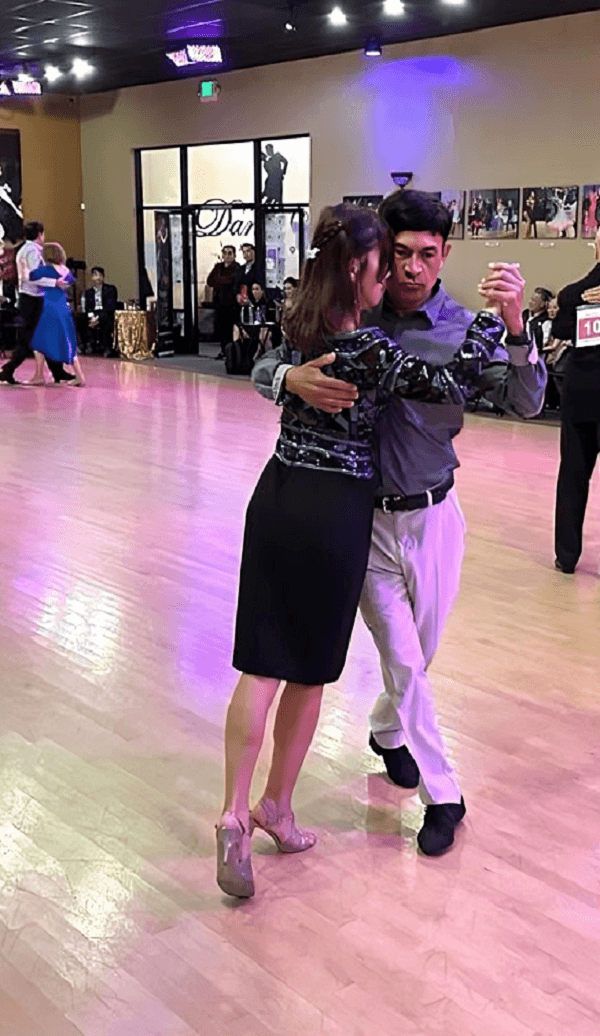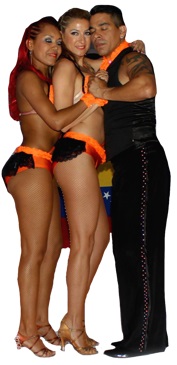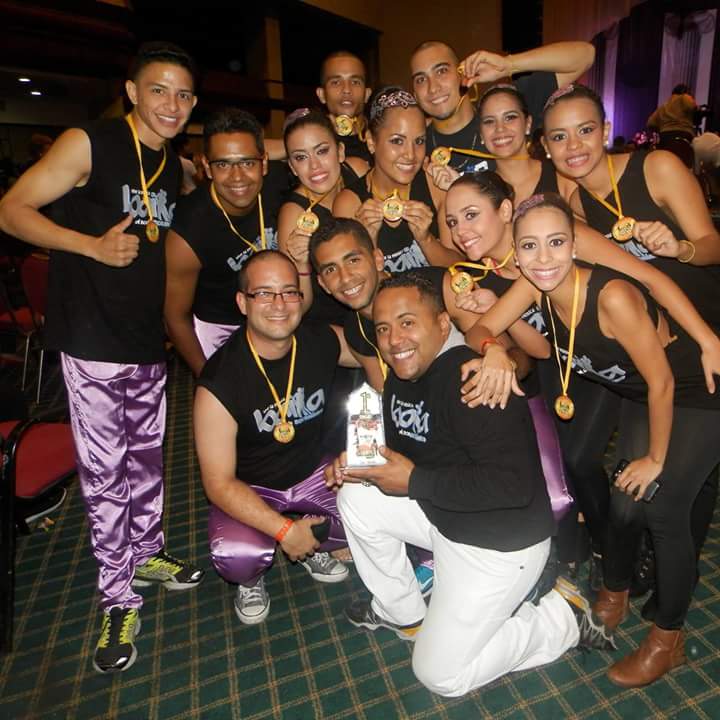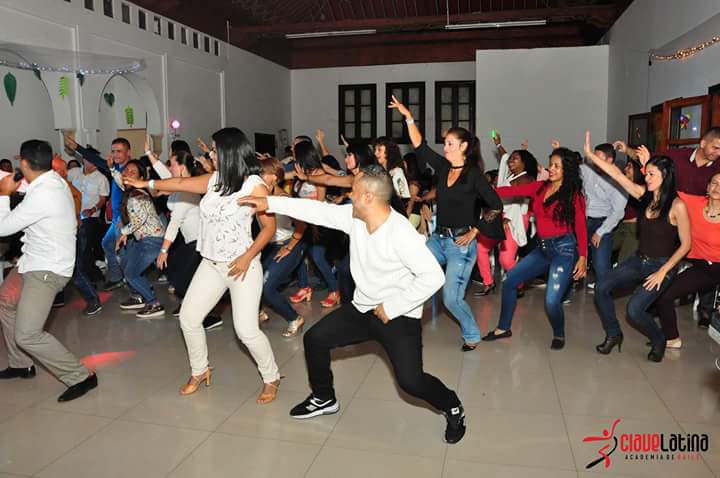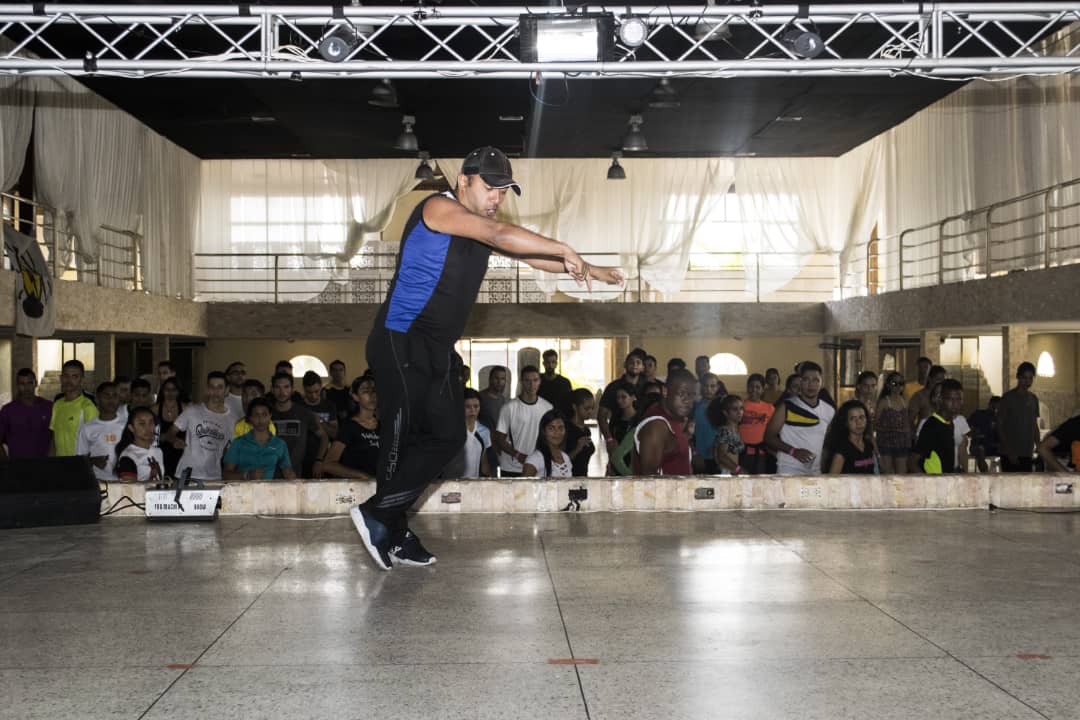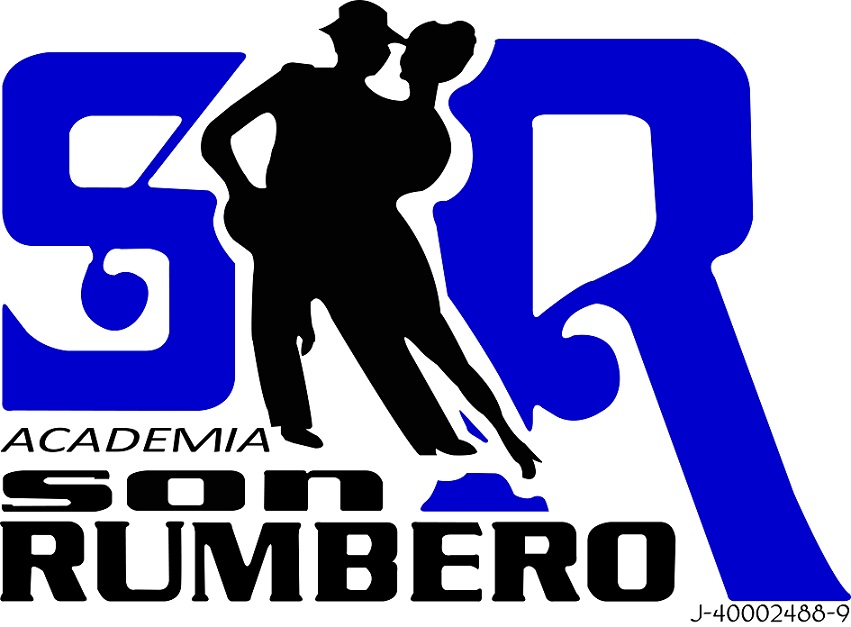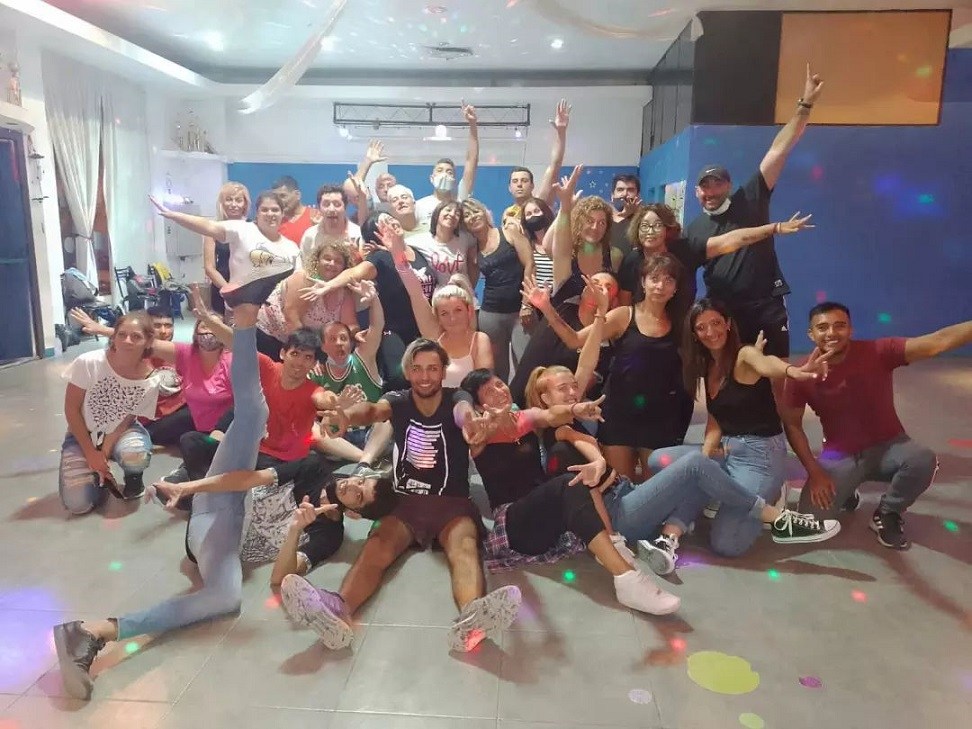Latin America / Uruguay / Montevideo
Salsa & Company Dance School
Did you know that dancing is currently considered a sport? The dance allows to improve flexibility, strength and resistance, but the most important thing about this practice in practitioners, especially in young people, is that it increases their intelligence, improves memory, develops self-esteem, eliminates depression and stress, being a very positive in his development both in his social and psychological life.

However, for those who like and want to perform and/or develop this talent, they need to practice a lot in order to show their skills and abilities to the public, allowing them to have healthy competition with other dancers, and this is achieved thanks to dance academies.

On this occasion, in Uruguay, Montevideo in Constituent 1637 esq. Roxlo, is the Dance School, Salsa & Company, which emerged as a Salsero project in 1996 teaching “Salsa“, “Bachata” and “Kizomba” classes for more than 15 years in the most prestigious artistic centers of Uruguay; and from 2008 it opens its doors to the public under the guidance of William Adrián Merlo so that his students can achieve their goals in the field of dance and make dancing a way of life and find a relaxed and pleasant space where the warmth of the rhythm and unity make the effort of learning even more joyful.
Its objectives are to spread the musical culture of Latin rhythms worldwide, form unitary groups and show their successes to spectators at parties, congresses, dance workshops.

Currently the dance school has a staff of dance professionals with a long national and international trajectory, as well as a support team in the administrative and marketing areas, where William Adrián Merlo is the director, the instructor Sofía de los Santos and Deborah Chitnisky. , who give their classes as follows:
Lessons
| Horas | Lunes | Martes | Miércoles | Jueves | Viernes | Sábado | |
| 17:00 18:00 | Bachata Inicial Nivel 1 | ||||||
| 18:00 19:00 | Salsa Principiantes Level 1
(18:30 – 19:30) |
Salsa Principiantes Nivel 1
(18:30 – 19:30) |
Salsa Principiantes Nivel 1
(18:30 – 19:30) |
Salsa Principiantes Nivel 1
(18:30 – 19:30) |
Salsa Principiantes Nivel 1 | ||
| 19:00 -20:00 | Salsa Principiantes Nivel 1
(19:30 – 20:30) |
||||||
| 20:00 -21:00 | Clases de Kizomba Inicial 2018
Salsa (20:30 – 21:30) |
Bachata Inicial Nivel 1
Salsa (20:30 – 21:30) |
Clases de Kizomba Inicial 2018
(20:30 – 21:30) |
Bachata Inicial Nivel 1
(20:30 – 21:30) |
Clases de Kizomba Inicial 2018
(19:30 – 20:30) |
||
| 21:00-22:00 | |||||||
| Salsa Principiantes Av.
(21:30 – 22:30) |
Salsa Principiantes Nivel 1
(21:30 – 22:30) |
Salsa Principiantes Av.
(21:30 – 22:30) |
Salsa Principiantes Nivel 1
(21:30 – 22:30) |
||||
| 22:00-23:00 |

Para mayor información:
- WebSite: http://www.salsacompany.com.uy/
- Phones: +598 099 574 314 / +598 094 284 899
- Facebook: https://www.facebook.com/salsaycompany/
- Instagram: https://www.instagram.com/salsaycompany/
- Linkedin: https://www.linkedin.com/in/william-adrian-merlo-5004b080/
- YouTube: https://www.youtube.com/results?search_query=william+merlo
- Twitter: https://twitter.com/williammerlo1
- Email: [email protected]
